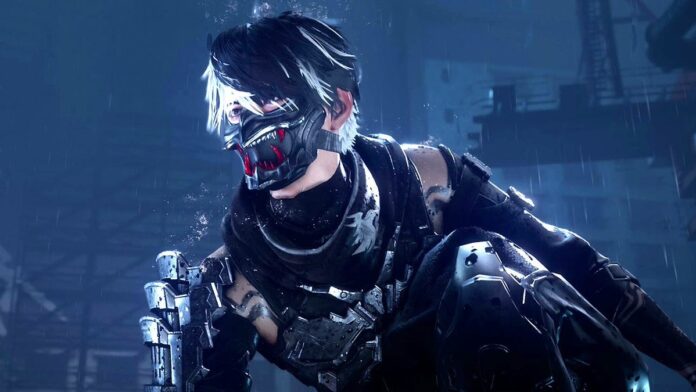The text below was published on the official Xbox website.
Dashing through a Tokyo consumed by darkness, sliding behind enemies and attacking in the blink of an eye. A standoff where you’re against all odds, dancing on the edge of death in relentless swordplay. Before I knew it, the character I was controlling felt less like a digital avatar and more like an extension of my own body.
Ninja Gaiden 4 doesn’t just let you play as a ninja—it slowly and silently transforms your mind and body into one.
Since its explosive reveal at this year’s Developer Direct, Ninja Gaiden 4 was featured on Xbox Wire, highlighting key elements: Yakumo, the new protagonist; its near-future Tokyo setting; the visceral Blood Raven Form that redefines the series’ combat; and the long-awaited return of Ryu Hayabusa.
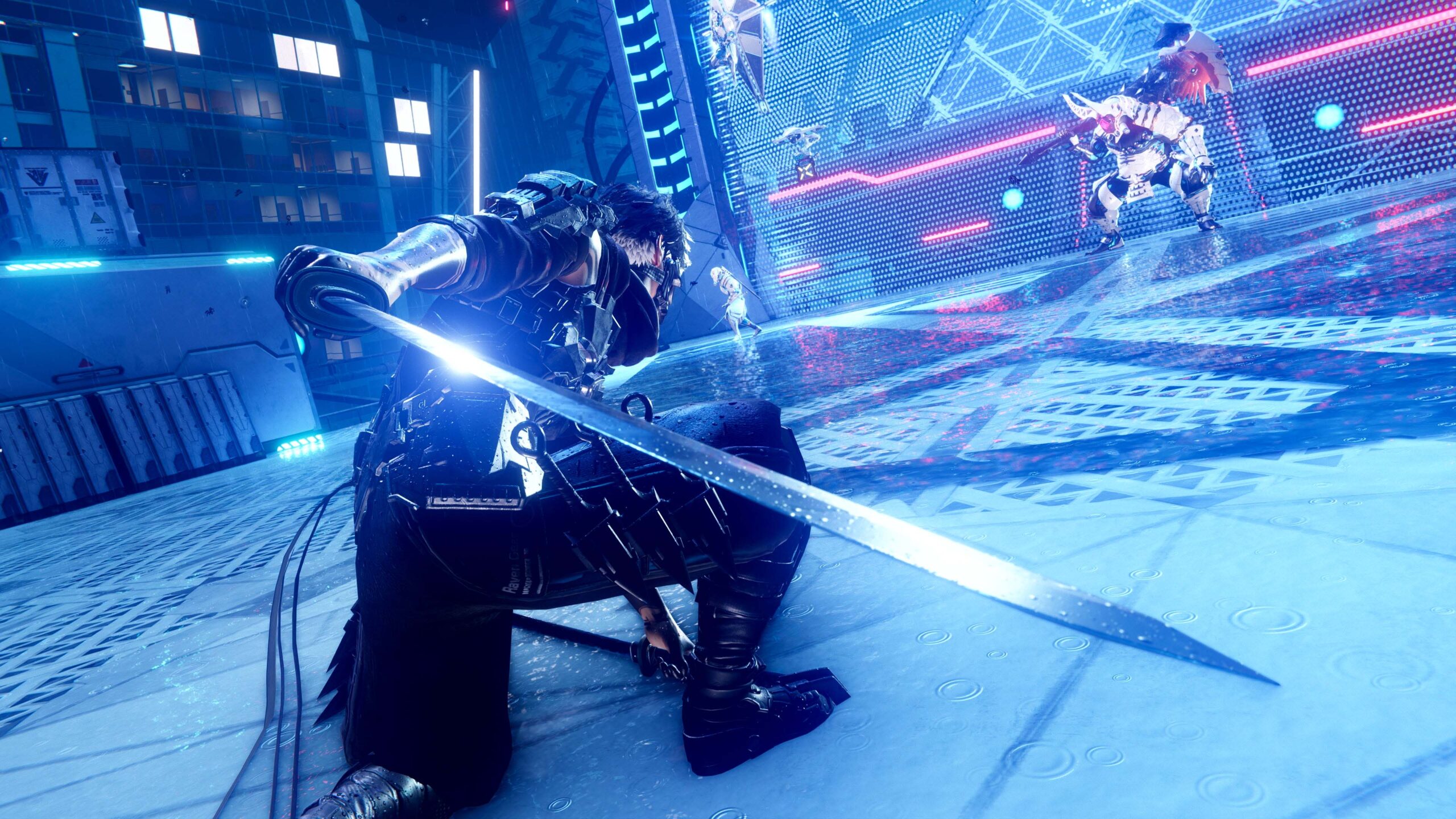
But after playing the first three chapters, it’s clear there’s more beneath the surface. Something deeper. Something demanding discovery.
What makes Ninja Gaiden 4 so remarkable is its ability to pull players into a flow state—where reaction transcends thought and instinct overrides intention.
You’re not just pressing buttons. It’s as if your entire nervous system tunes into every movement, every enemy, every second. You’re not calculating the perfect timing. You’re reacting with something closer to pure animal instinct.
It feels like the game is training you, sharpening your senses to match the rhythm and pressure of the world it throws you into.
To uncover the core of this immersive design, Xbox Wire Japan’s editorial team spoke with Yuji Nakao, the producer and director of Ninja Gaiden 4 itself.
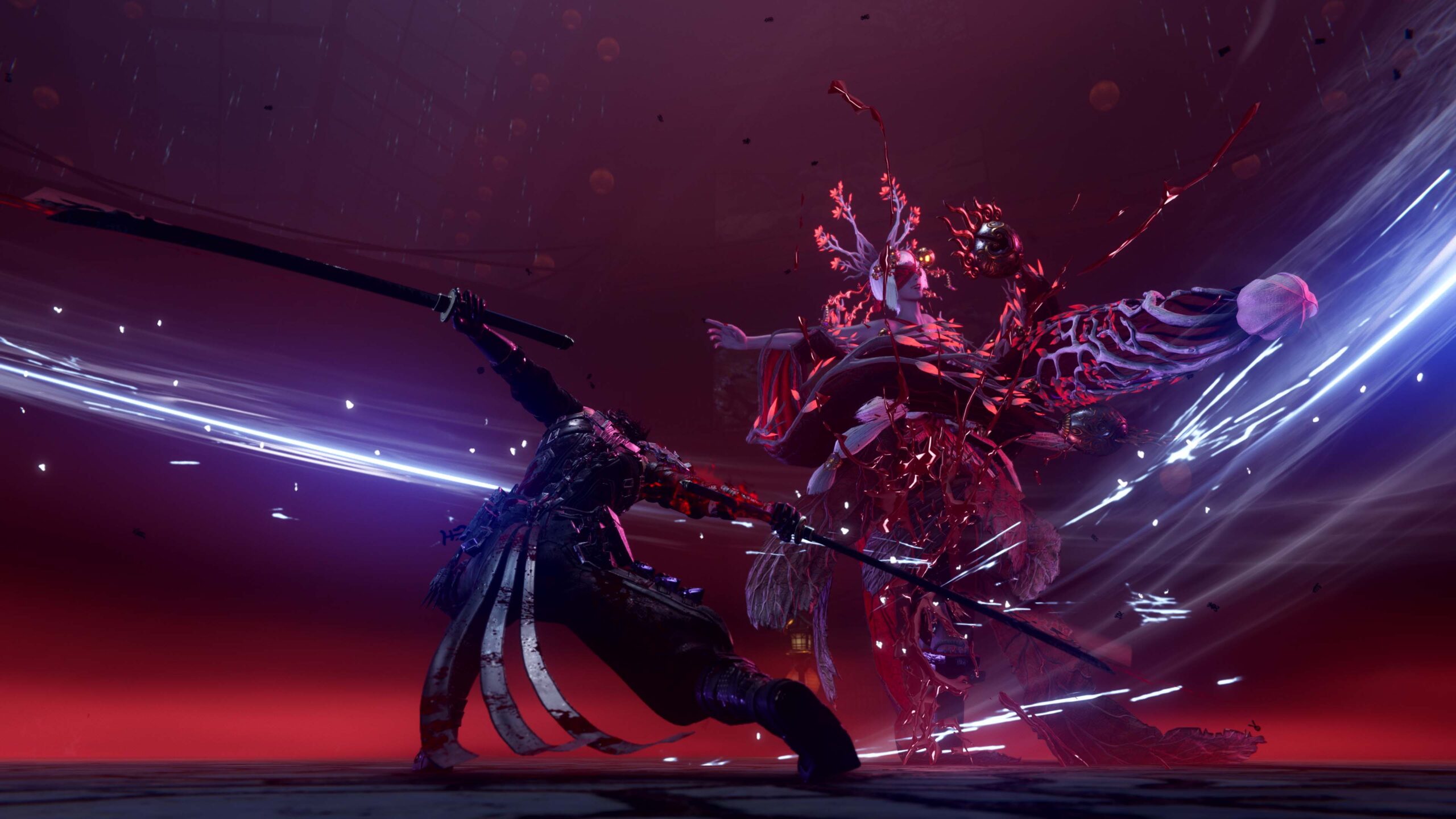
After spending time in the opening chapters, we brought questions naturally arising from the experience—raw and direct. The conversation spanned from battle system intricacies, to shaping this new Ninja Gaiden world, to the dynamic between Yakumo and Ryu. And in his answers, we found a philosophy: a quiet intensity and clarity of purpose driving the game’s fierce polish.
Here, we revisit the moments that drew us so deeply into Ninja Gaiden 4’s world and, alongside developer insights, unravel the secrets behind its razor-sharp design.
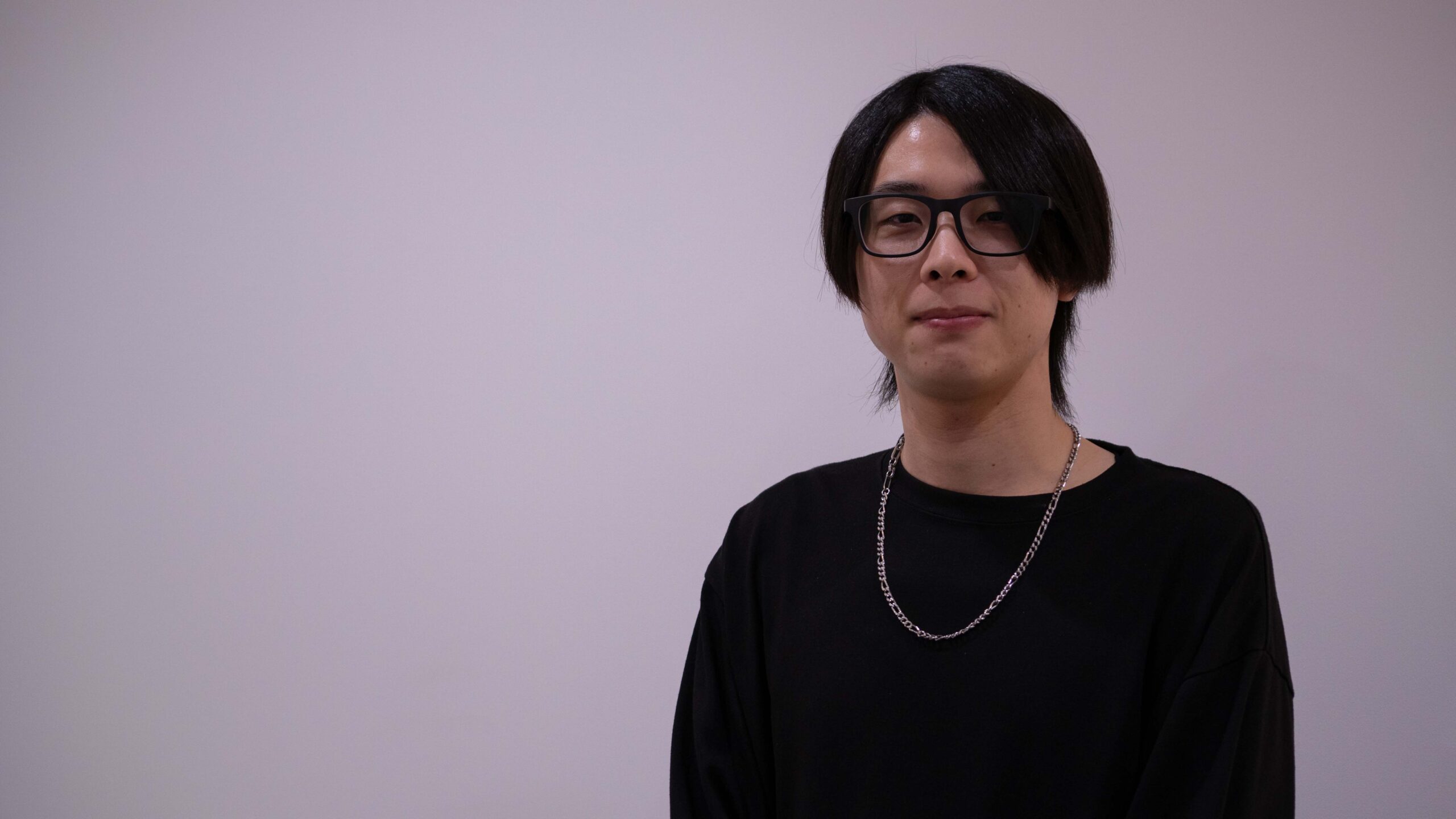
First, could you tell us about the design of the world in the early stage where players follow Yakumo?
In this game, players will start from the ground and ascend through a reimagined “Sky City Tokyo.” In other words, Ninja Gaiden 4 flips what we believe Ninja Gaiden 2‘s structure to be—players experience Yakumo rising from its depths. This inversion directly reflects a core game theme in Yakumo’s growth, and level design is built to faithfully support that idea.
Tokyo’s setting early in the story is drastically different—now infested with Daemon (supernatural beings) and under control of a hostile faction called Divine Dragon Order. Time has passed, transforming the city under various influences, giving it a much more oppressive, mysterious, fear-inducing atmosphere.
Chapters 1-3 heavily focus on Yakumo’s perspective as he begins his ascent to become a master ninja, offering players an inverted viewpoint compared to Ryu’s. It’s an intense, condensed experience we hope everyone enjoys.
What kind of experience did you intend for players in these three chapters, and what expectations did you want to set?
Each early chapter was carefully crafted as foundational for Ninja Gaiden 4‘s story. In Chapter 1, our main goal was letting players enjoy pure battle exhilaration, based on stage design embodying the Ninja Gaiden series‘ essence. Then Chapter 2 introduces newly added rail-action mechanics, aiming to deliver a speed and fluidity feeling authentic to the franchise. Finally, Chapter 3 culminates in a boss battle showcasing how far the series has come—an evolved encounter worthy of a new entry after over a decade.

These chapters serve as an introductory arc in every sense. They include all essential gameplay elements players need to carry through the rest of the game. As the story progresses, mechanics learned here become increasingly intertwined, leading to faster, more intense, more terrifying battles that never stop.
Hopping between rails during battles and dodging obstacles with a button press added a fresh dynamic unseen in previous Ninja Gaiden games. How did you ensure this new feature still felt faithful to Ninja Gaiden‘s experience?
Rail-action mechanics were designed to keep players engaged even during brief battle lulls. With Ninja Gaiden 4, we aimed for the series’ fastest action experience yet—not just in combat, but across stage structure. Simply put, we didn’t want momentum breaking. Rail-action serves as “spice” for the game, offering thrilling, high-tension moments even during transitions and traversal sequences.
For example, you might finish a rail sequence, leap into the next area, and instantly take down an enemy—a “NINJA KILL”—if timed right. Then you hop onto another rail, start moving again, and suddenly find yourself dodging crumbling skyscrapers. These unpredictable, accelerated scenarios create a live-action feel—something constantly evolving and urgent.
At first glance, players might worry features like this could dilute a core Ninja Gaiden identity. Our goal wasn’t dilution—but addition without compromising its core. In fact, rail-action strengthens the game’s identity.
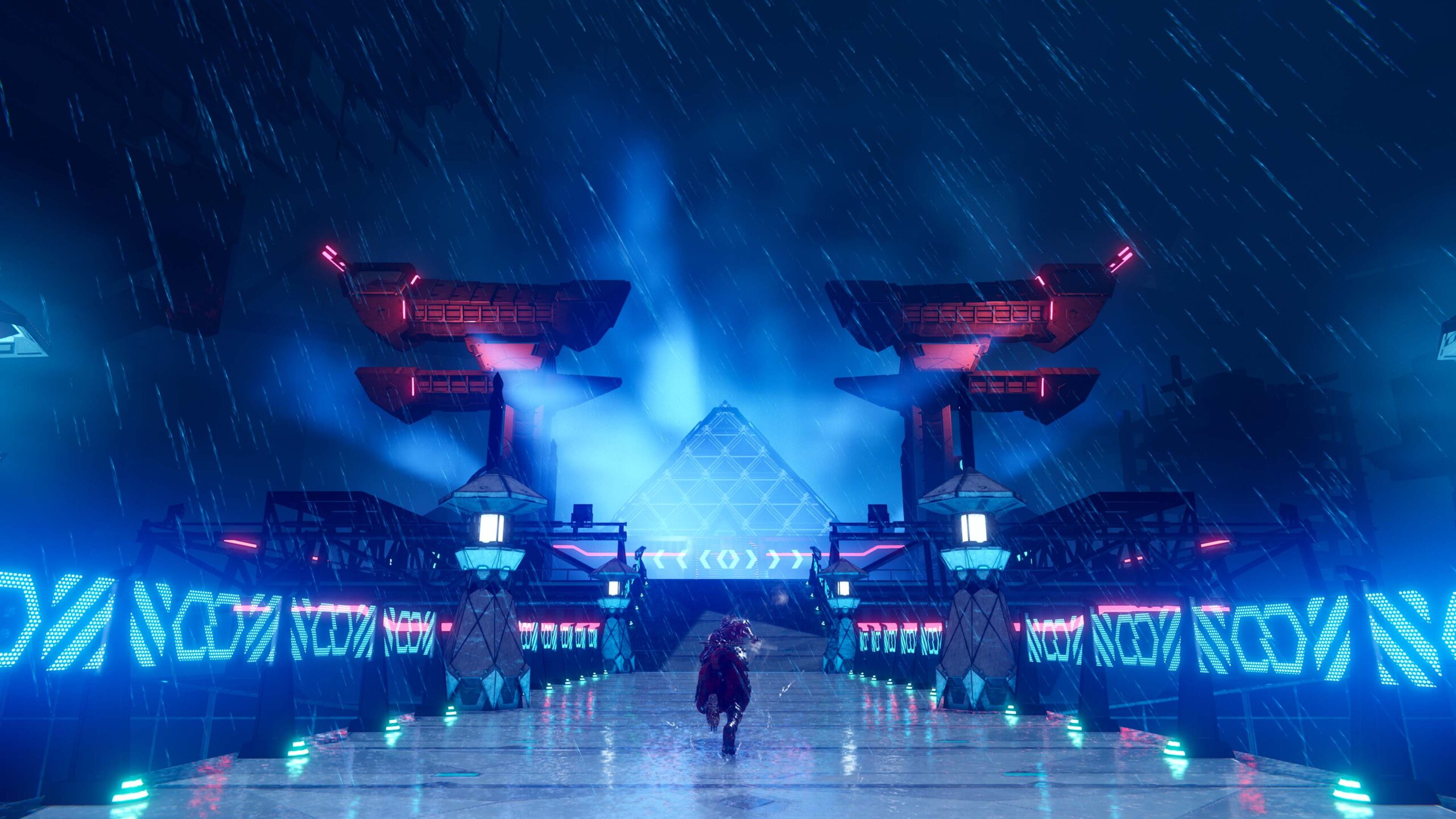
Were there challenges integrating such new mechanics into Ninja Gaiden‘s traditionally structured stages?
We spent extensive time deciding how much rail-action to include and balancing it per stage. A major challenge—especially collaborating with Team NINJA—was ensuring rail sequences felt natural and didn’t disrupt the gameplay density fans expect from the series.
That density is a Ninja Gaiden hallmark, and adding rail segments atop intense combat risks stages feeling bloated.
To achieve perfect balance, we played and replayed stages countless times, tweaking based on feedback. With Team NINJA, we cycled through this repeatedly. We’re now at a point where it feels incredibly polished and paced. If players find themselves flowing through like a smooth marathon runner, we’ve succeeded. And if they feel rail-action is seamlessly woven into the Ninja Gaiden experience, I’ll be more than happy.
Early in the game, players face a boss with very direct, linear movement patterns, followed by another boss moving unpredictably and erratically. Could you explain the differences in these experiences and the design philosophy behind them?
Let’s start with the first boss, Commander D.D.O. He belongs to an organization called Divine Dragon Order, outwardly posing as a justice force. Because of this, Yakumo—acting against them—is labeled the villain.
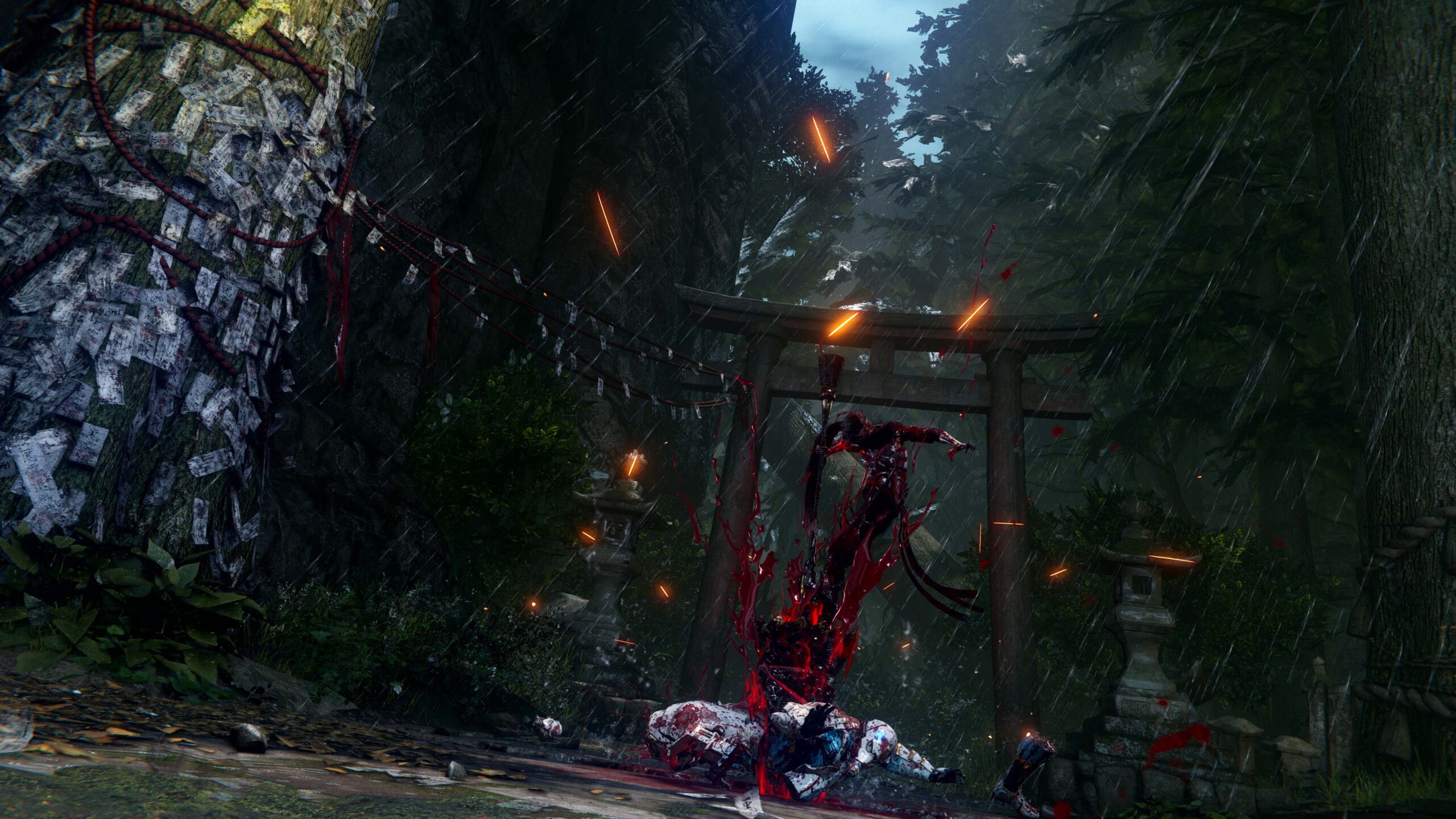
Gameplay-wise, Divine Dragon Order—especially Commander D.D.O.—is characterized by discipline and order. His fighting style is highly structured, focused on “kata (forms)” and patterns, reflecting their rigid hierarchy. His attacks are straightforward, easy to read, and symbolically meant to feel “clean.”
Commander D.D.O. was designed to let players learn game controls naturally, stress-free. Throwing an extremely erratic enemy at players early would just frustrate. Instead, he’s someone players can face head-on, offering fundamentals practice. In this sense, he’s deliberately built as a basics-embodying boss. He’s honest and plays by rules.
Next is the Kitsune Courtesan, affectionately nicknamed “Oiran Kitsune (Fox)” by our team. She symbolizes newly introduced Daemon—supernatural beings central to this game’s narrative.
Unlike demons from previous Ninja Gaiden entries, these Daemon are mysterious entities seemingly emerging from our world. Nobody knows their origin or motives. This unsettling ambiguity—highlighting fear of the unknown—reflects in their visuals, behavior, and especially attack styles.
You’ll see her movements are highly unpredictable and distinctly inhuman. She attacks with what seems like magical power, defying logical combat patterns. Our goal here was instilling a fear rooted in the unexpected. This differs drastically from Divine Dragon Order’s disciplined combat, and the contrast is intentional.
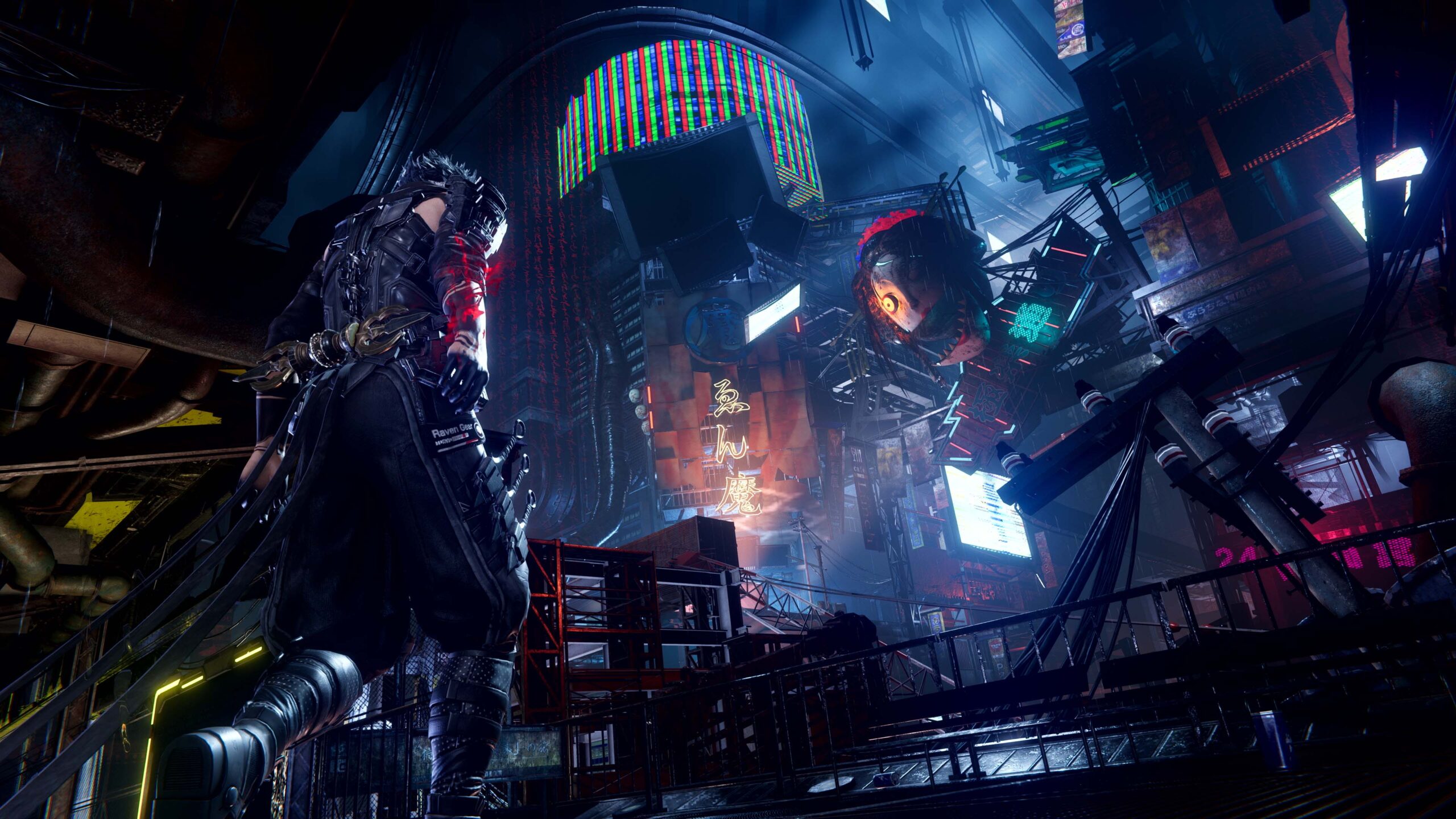
As the first major Daemon boss, Kitsune Courtesan must be symbolic—an embodiment of the unknown. Her presence marks a gameplay and narrative shift, signaling Ninja Gaiden 4‘s threats go far beyond player expectations.
A new weapon called “Yatosen” was introduced during this hands-on. Could you explain its key traits and how it differs from “Takeminakata,” the dual blades?
Yatosen was designed around ultra-close combat. In its Base Form, it resembles a twisted rapier—like what you might call a twisted sword or twisted knife. When switching to Bloodraven Form, it transforms into a spinning drill.
Unlike Takeminakata—which extends its blade using Bloodraven Form for ranged attacks—Yatosen takes the opposite approach. It’s meant for players wanting to close in on enemies using slashes, stabs, and piercing strikes. It’s a weapon built for tight, one-on-one encounters. In certain scenarios, it could even prove more effective and manageable than Takeminakata.
Yatosen requires more finesse than Takeminakata. It’s not something you swing wildly. You’ll excel by picking moments and enemy types. It rewards players adapting their approach per situation. In this sense, Yatosen represents a truly flexible, exciting option in the player’s arsenal.
In this title, we learned players can freely swap weapons mid-combo. This system seems to explosively expand combat dynamics. Could you tell us more about the rationale behind implementing this feature?
As a new numbered title releasing over 10 years since the last, we felt evolving every gameplay aspect was necessary. Real-time weapon switching is a key piece of this evolution. Naturally, it improves action gameplay responsiveness and—for advanced players—facilitates combo building too. Aiming to enhance action quality and expand gameplay variety, we adopted this new method.
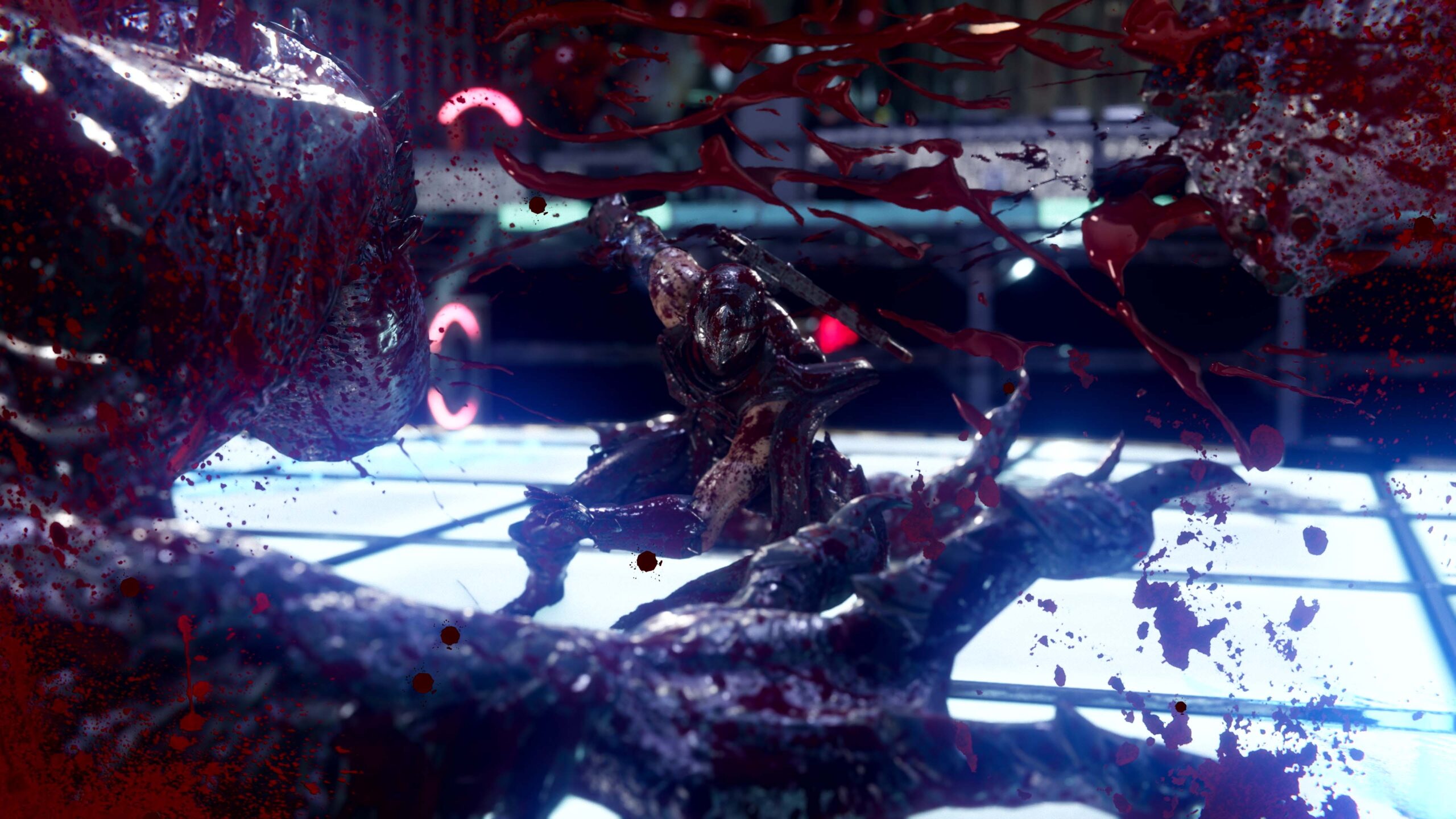
This free-switch system was part of our concept since development early stages. We were confident it would make Ninja Gaiden—as a full 3D action game—more enjoyable. And once played, you’ll find it’s a fun mechanic encouraging casual weapon experimentation. We’re proud to present this as a highlight and hope everyone enjoys it.
In the demo version, players could use all weapon techniques and martial arts from the start. However, in the full game, we assume acquisition varies significantly by player skill and difficulty level. Considering this: is game progress still possible if most weapon/martial arts techniques remain unlearned?
If I gave advice, I’d still recommend first acquiring low-cost combat/weapon skills, then gradually building to pricier, advanced ones. As you progress, try different abilities to see what suits your style. This process lets you develop your own combat approach and enjoy a more personalized Ninja Gaiden 4 experience.
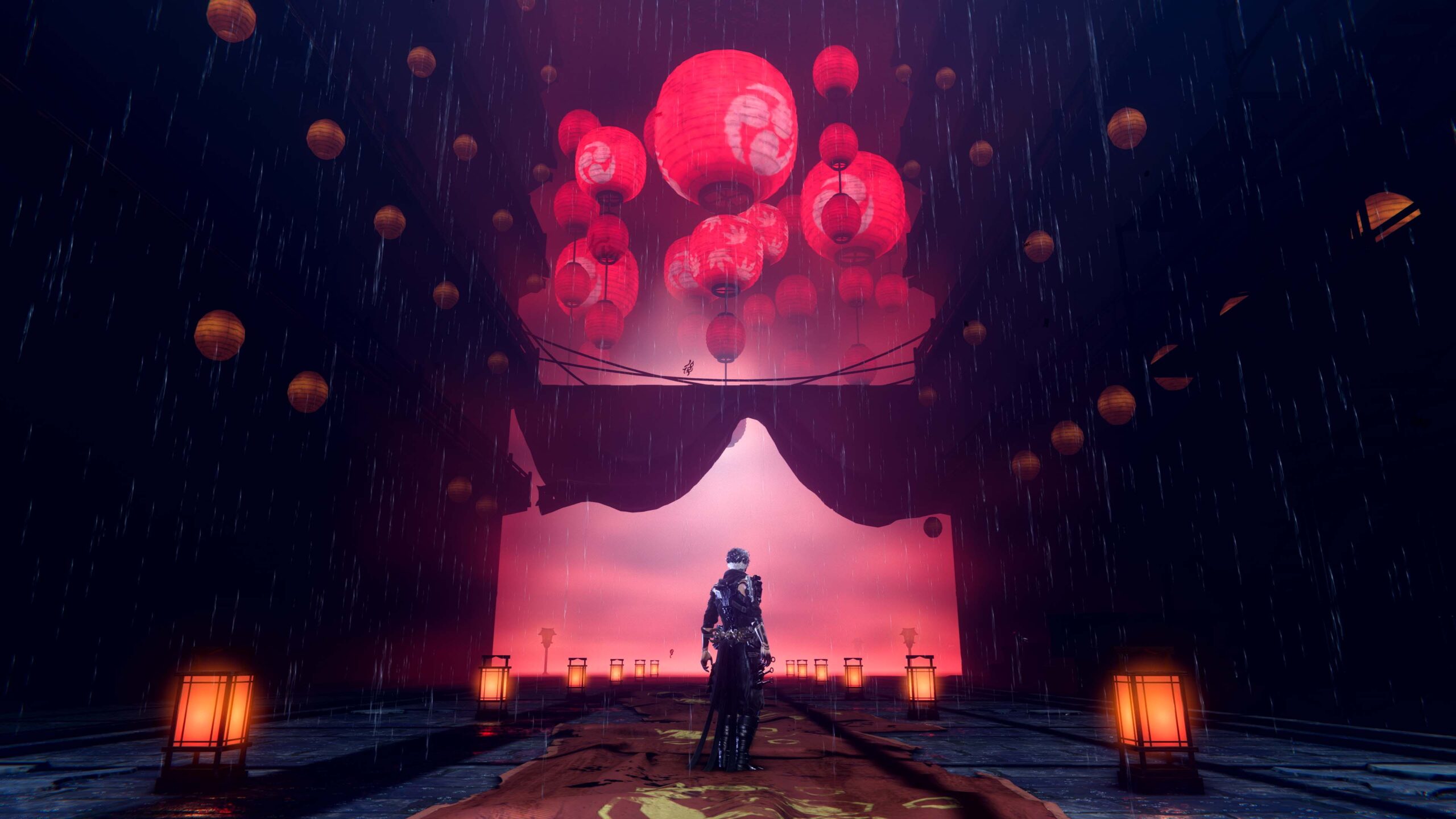
We tried avoiding situations where players get stuck because they learned no combat skills. Of course, if someone intentionally avoids new techniques, the game essentially becomes a self-imposed hardcore challenge (laughs).
Regardless, you’ll start spending Ninja Coins learning cheapest techniques and—guided by Tyran—train each move in combat scenarios. Through this, you’ll steadily develop skills needed to overcome the next major challenge. This growth and mastery feeling is what we believe defines Ninja Gaiden 4‘s game experience.
One thing we’re most confident about in Ninja Gaiden 4 is its rich, varied action system. We prepared diverse mechanics because ultimately, we want players discovering combat styles resonating most with them. Even among similar-purpose techniques/weapons, there’s a full spectrum—from low-risk/low-reward to high-risk/high-reward—letting players choose what works best.
Plus, during actual gameplay, situations shift rapidly with overwhelming enemy numbers. Real fun lies in selecting optimal techniques for these evolving scenarios. That’s why we didn’t want to overwhelm players early. Instead, we designed it so players could gradually master each action.
In the preview version, some martial arts techniques were labeled “Perfect,” appearing to offer greater benefits when precisely timed versus standard techniques. Would you say mastering these advanced skills is key to mastering Ninja Gaiden 4 overall?
This game offers players exceptionally broad action variety. The idea is each player discovers their preferred style among this vast selection, then freely refines and masters it their way. This philosophy is at Ninja Gaiden 4‘s heart.
Take “Perfect” combat skills, for example. They refer to moves requiring precise timing—like well-timed guards or counterattacks. This playstyle tests in-battle improvisation and enemy pattern memorization. However, when multiple enemies appear simultaneously, their movements interfere—introducing unpredictability. Here, improvisation becomes even more critical.
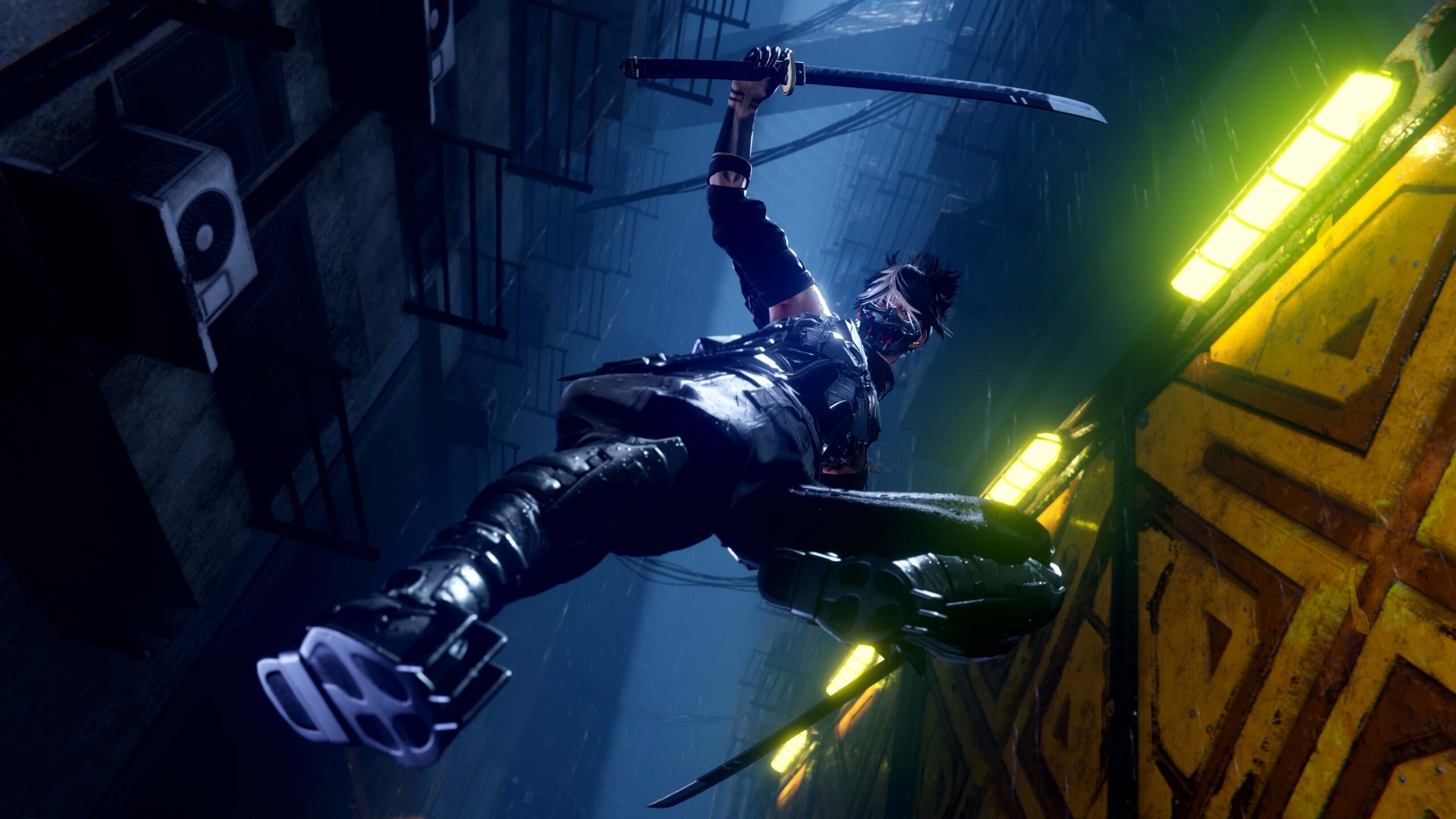
Conversely, players might prefer an aggressive heavy-combo style or focus on landing powerful hits using Bloodraven Form. For players drawn to such approaches, other valid mastery paths exist.
Ultimately, players freely discovering their own methods to tackle the game is among Ninja Gaiden 4‘s most appealing aspects.
In the preview, Ryu Hayabusa was playable—and besides his extraordinary known abilities, players experienced combat in his new “Gleam Form.” Could you tell us more about Ryu’s abilities in Ninja Gaiden 4?
In Ninja Gaiden 4, the “True Dragon Gleam”—present since Ninja Gaiden 1 and an ultimate technique in Ninja Gaiden 2—is heavily featured. This game’s Gleam Form takes inspiration from activating that Ultimate Technique: you’ll witness Ryu and his afterimages cutting down enemies from all directions depending on commands, situations, and ranges. Gleam Form was created while envisioning: “What technique could Ryu Hayabusa—super-ninja master of the True Dragon Sword—deploy?”
As a result, Gleam Form became Ryu’s prowess symbol.

Simply put, Gleam Form unleashes the True Dragon Sword’s power, making Ryu immensely strong. Playing as him genuinely gives the impression: “Whoa, Ryu’s moves are downright insane!” It’s a unique power letting players experience Ryu at his peak—the untamable super-ninja.
Gleam Form can be freely toggled with one button—much like Yakumo’s Bloodraven Form. While active, you unleash devastatingly powerful techniques. Since its form is True Dragon Gleam-based, we included resembling techniques. When playing, be sure to try it yourself.
Since Yakumo and Ryu were playable in the same stage in this preview, does this mean players can play each Ninja Gaiden 4 chapter using both characters?
Per chapter, story dictates who is where and what they’re doing—so characters typically remain fixed as you progress. You’ll play as Yakumo in some chapters and Ryu in others—each assigned to specific story parts.
However, in Chapter Challenge mode (where you replay chapters), both Yakumo and Ryu are playable in any stage. You can attempt stages originally meant for Ryu with Yakumo, and vice versa. This mode offers great freedom for replay-focused players, and I’m excited to see how it expands gameplay variety. I hope players find unique ways to enjoy it.

